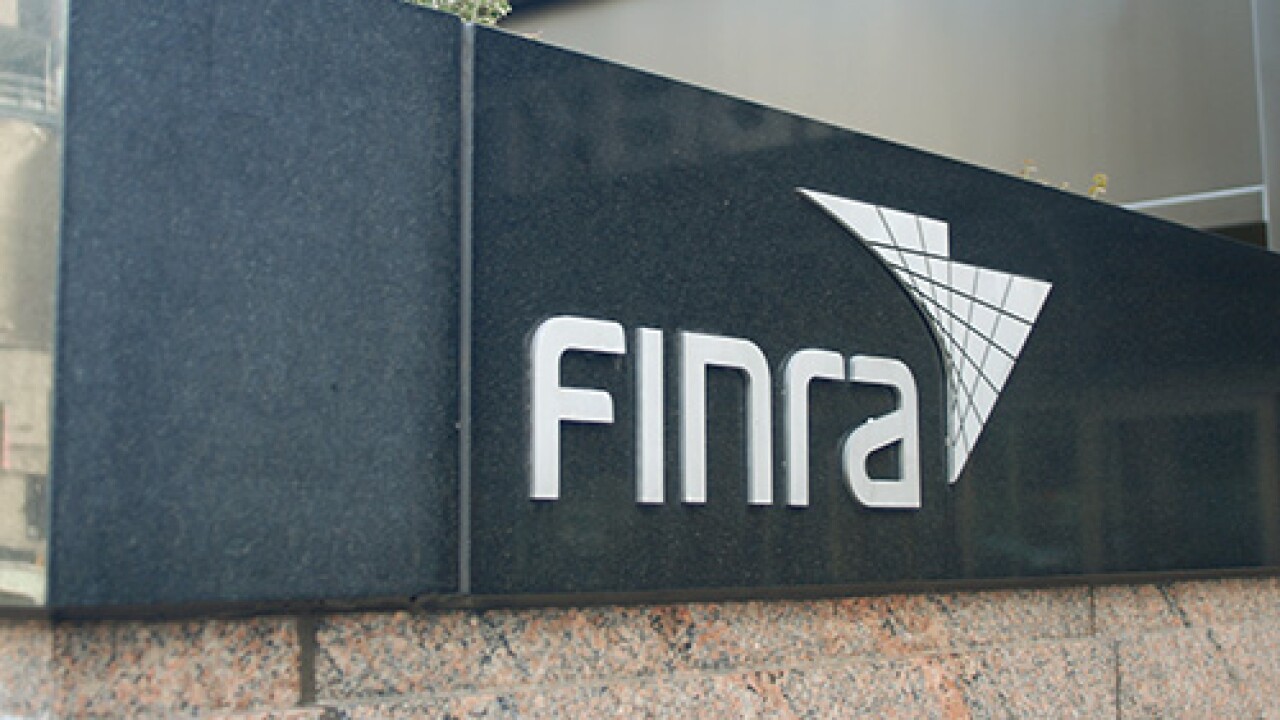
A new
"It subtly raised my spidey-sense for a threat to the tax exemption," said Tom Kozlik, managing director, head of public policy & municipal strategy at Hilltop Securities. "I think it's actually making the argument for a BABs subsidy in lieu of the federal tax exemption and I'm not a fan of that."
The Roosevelt Institute is a left-leaning think tank and is the non-profit partner of the government-run Franklin D. Roosevelt Presidential Library and Museum, the nation's first presidential library.
Many muni practitioners view Build America Bonds as a good idea that went gangbusters when they were issued as taxable bonds backed by promised direct pay subsidies from the federal government.
The amount of the subsidies was cut during budget sequestration process in 2013 which turned BABs into a risky proposition.
"Has not our experience on direct pay shown how problematic it is?" said Chuck Samuels, member at Mintz.
The report also trots out the familiar call for a national infrastructure bank saying, "National policymakers can create a new municipal government-sponsored enterprise or national infrastructure bank that can pool municipal securities and issue high quality debt."
"Why do thoughtful people think a national bond bank is necessary or desirable to supplant local decision making and issuance and won't be mired in federal bureaucracy and politics?" asked Samuels.
The exact definition of high-quality debt could also squeeze smaller issuers out of the market.
"One of the things that I think is so effective is that almost any size entity in almost any place in the U.S. can tap the municipal bond market," said Kozlik. "There needs to be more tools, not less."
The report breaks down the general obligation and revenue bond numbers from 2006-2024. The chart ends at the record breaking $500 billion mark for GOs and over $300 billion for revenue bonds.
Public infrastructure spending by the federal government is compared against state and local spending from 1960 to 2020. State and local ends around the $500 billion mark with federal spending a bit over $100 billion.
States are ranked by their issuance levels in 2024 with California, Texas, New York, and Illinois filling out the top four.
The report notes that "by providing interest income and exemption from federal and sometimes state income taxes, municipal debt can compound existing disparities in wealth."
It also adds, "these rewards can be partially, if not totally, offset through the gains to users of municipal services. Improved water infrastructure can improve employment, health, and quality of life."
The report offers support for pension funds investing into munis, state level bond banks, tighter constraints by regulators, performance-based credit ratings and expanding the Federal Reserve's Municipal Liquidity Facility.
The MLF was created during the pandemic to address a liquidity crisis by allowing the Federal Reserve to buy bonds from state and local governments to stabilize pricing.





